latest
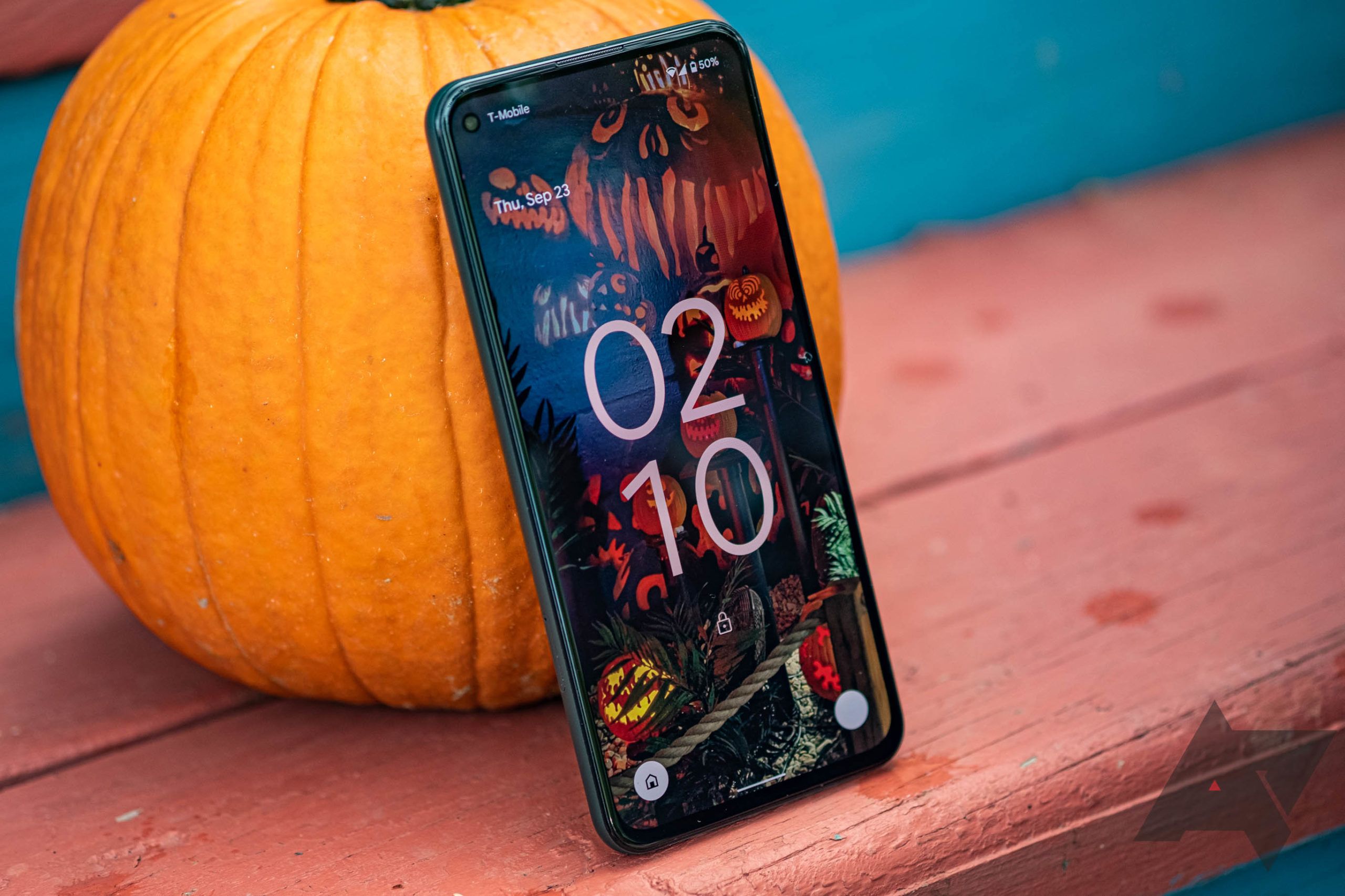
The Pixel 5a is almost a swan-song for an older smartphone era. Released three years ago, this would be a flagship phone, with billboards and TV spots promoting it. Enthusiasts would even have loved the logic that went into designing it: Finally, someone is making the battery bigger and the camera bump smaller! But now, in 2022, it cruises under the radar as a sleeper hit, cult favorite, and one of the best phones no one is talking about.
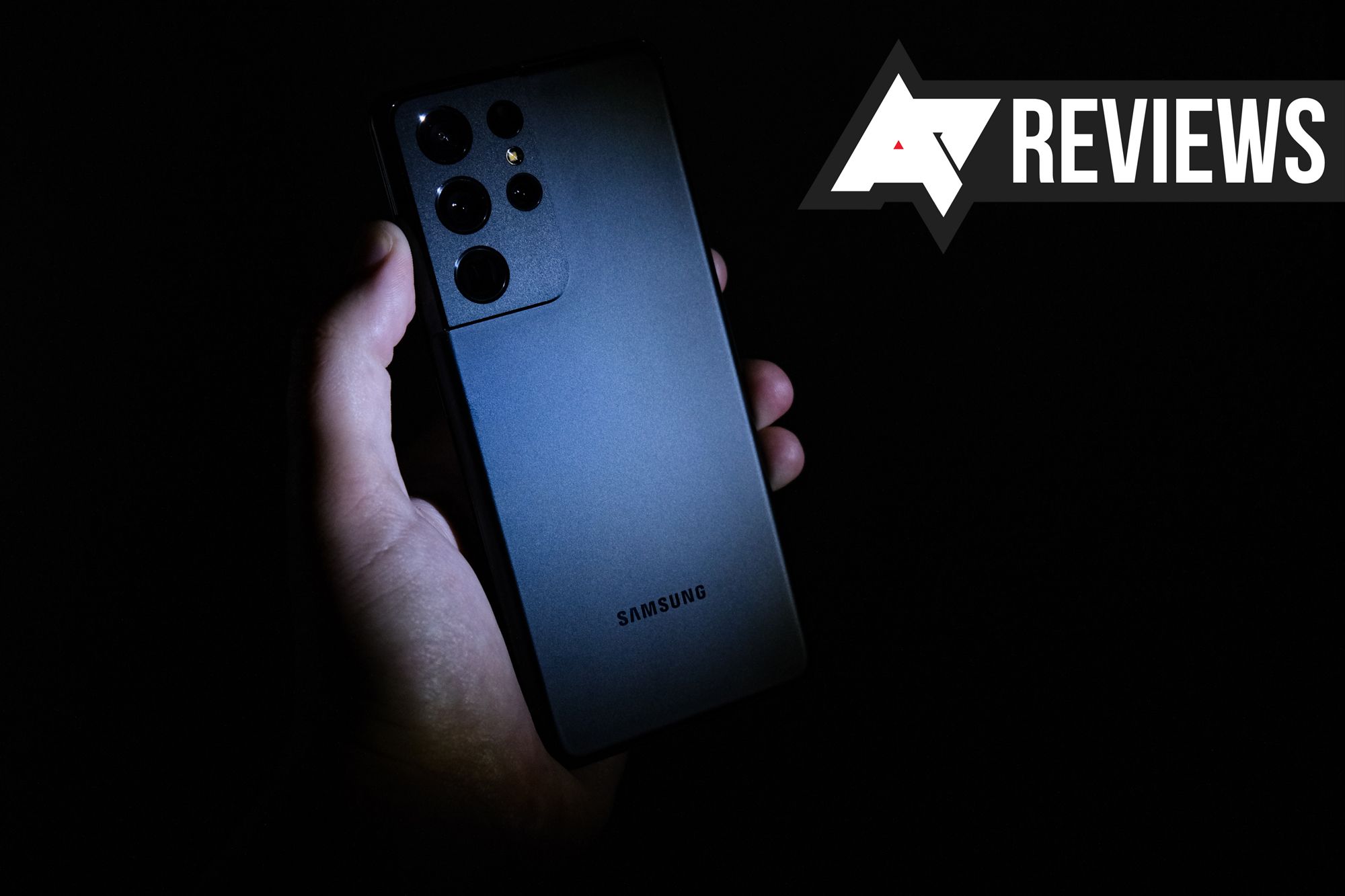
Read update
Last year, Samsung released its most ambitious (non-folding) phone to date: the Galaxy S20 Ultra. It didn't go over especially well. A sky-high $1400 price tag and unremarkable camera performance torpedoed the phone outright in our final assessment, a rare miss for Samsung in the premium smartphone segment.
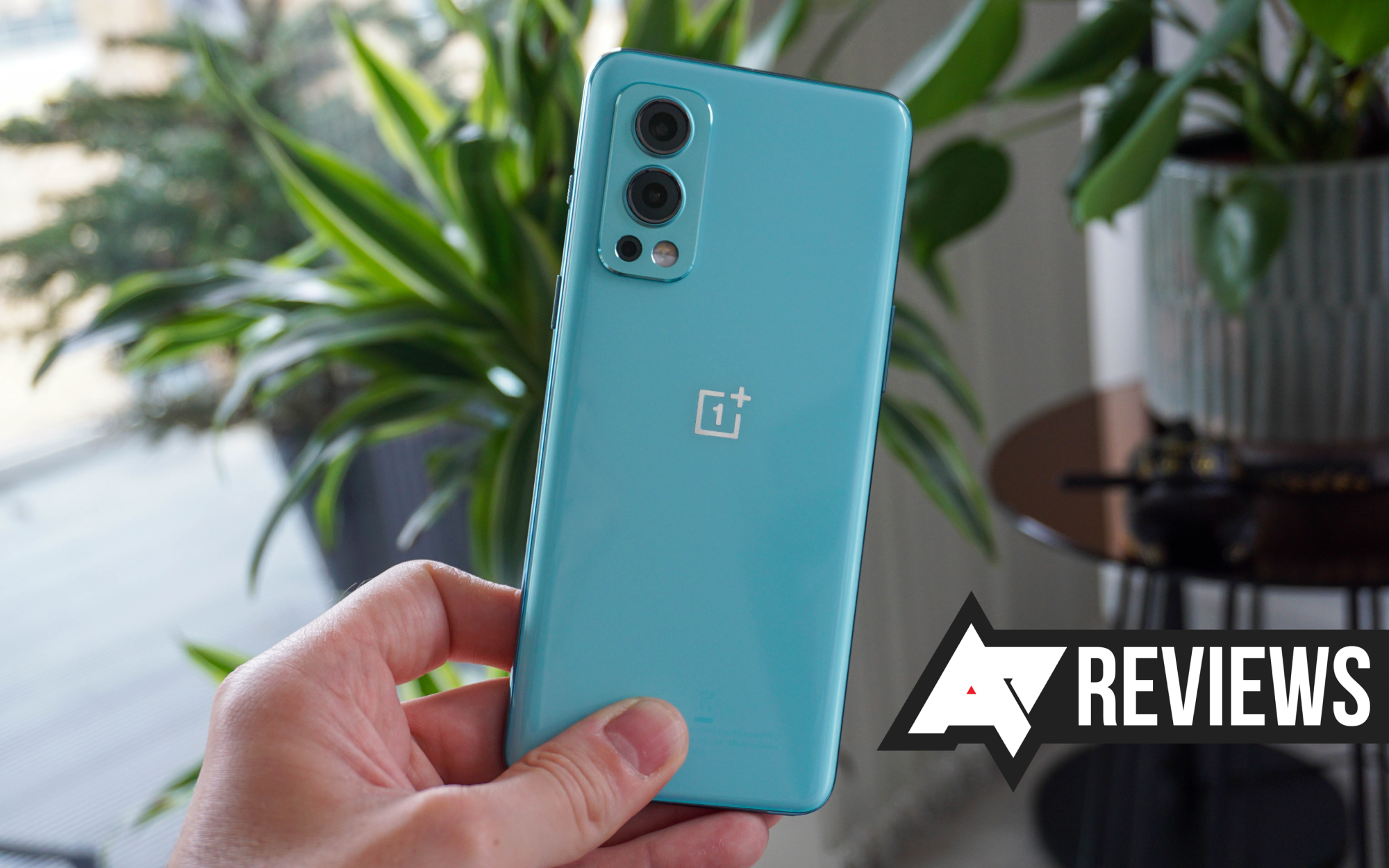
OnePlus Nord 2 review, one month later: Good phone, bad cameraphone
Inconsistent cameras scupper an otherwise decent experience
Read update
The original OnePlus Nord launched with much fanfare, promising a return to the flagship killing days the company had long since left behind. That first phone delivered excellent value for money, but subsequent devices in the Nord series have mostly left us scratching our heads (with the possible exception of the N200). Nord 2 5G is a true successor that comes at us from a slightly different angle. It’s the first OnePlus phone with a MediaTek processor and — at least on paper — it doesn’t seem to imbue the same excitement as its predecessor.
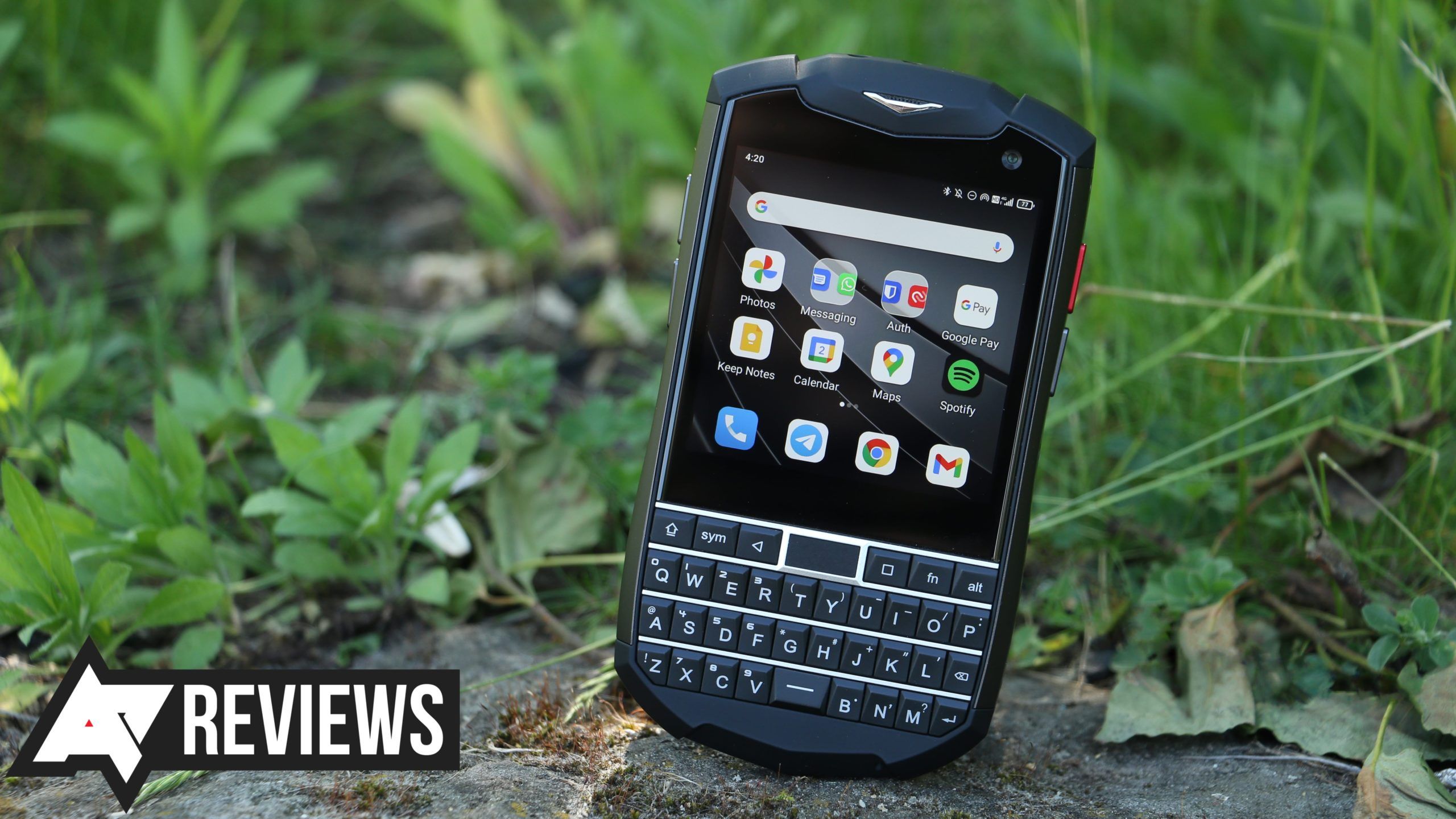
Unihertz Titan Pocket review, one month later: Nostalgic nerd novelty
The 2000s called, they want their phone back
Read update
Smartphones are boring these days. Many are just the same variation of a glass sandwich with a front completely filled by a touchscreen and a back full of cameras. But in the past, phones came in many different shapes and sizes, and brand-new form factors used to be the norm. Specialty phone manufacturer Unihertz taps into this nostalgia to bring back something that we thought was dead: a Blackberry-like slab equipped with a physical keyboard.The Titan Pocket is just another phone in a long line of niche creations launched by Unihertz, including the larger, non-Pocket version of Titan. Like its predecessors, the Pocket relied on a Kickstarter campaign to make sure there's enough interest in the phone before it starts mass production, and it more than surpassed its funding goal.
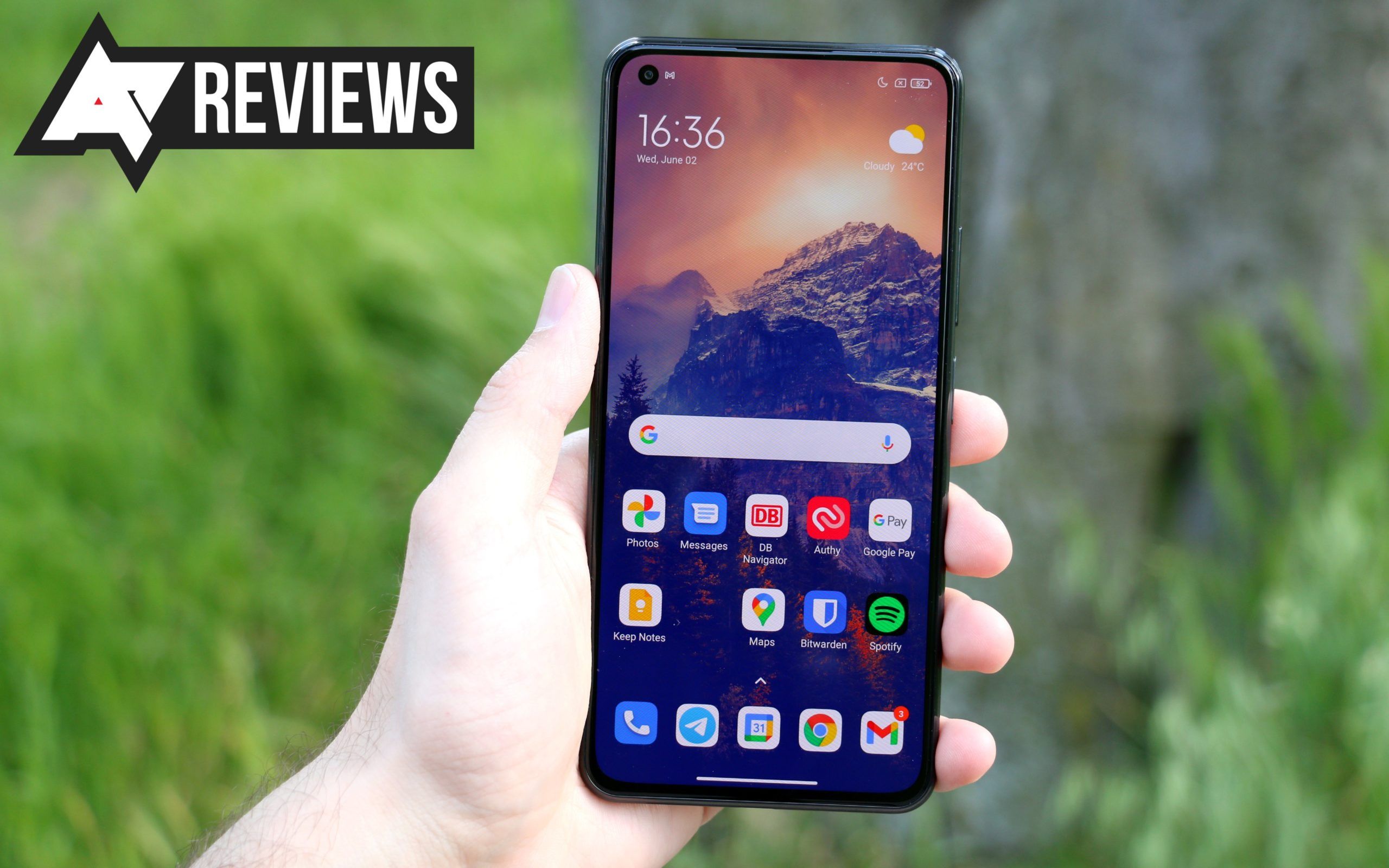
Xiaomi Mi 11 Lite review, one month later: Getting better, little by little
MIUI 12.5 has finally arrived
Read update
Xiaomi offers a compelling flagship lineup with the Mi 11 and the Mi 11 Ultra, though its bread and butter remains the budget market. But the company can still capitalize on the excellent Mi 11 brand name to make its latest budget offerings more appealing, and that's exactly what it's doing with the Mi 11 Lite 4G, the most affordable member of the family at roughly $300.The question: Is the Mi 11 Lite living up to the expectations set by the rest of the Mi 11 family? It certainly looks the part, and it packs some capable hardware like a 90Hz Full HD OLED screen, a 64MP main camera, and a decently sized 4250mAh battery. But is it a winner when you put it all together?
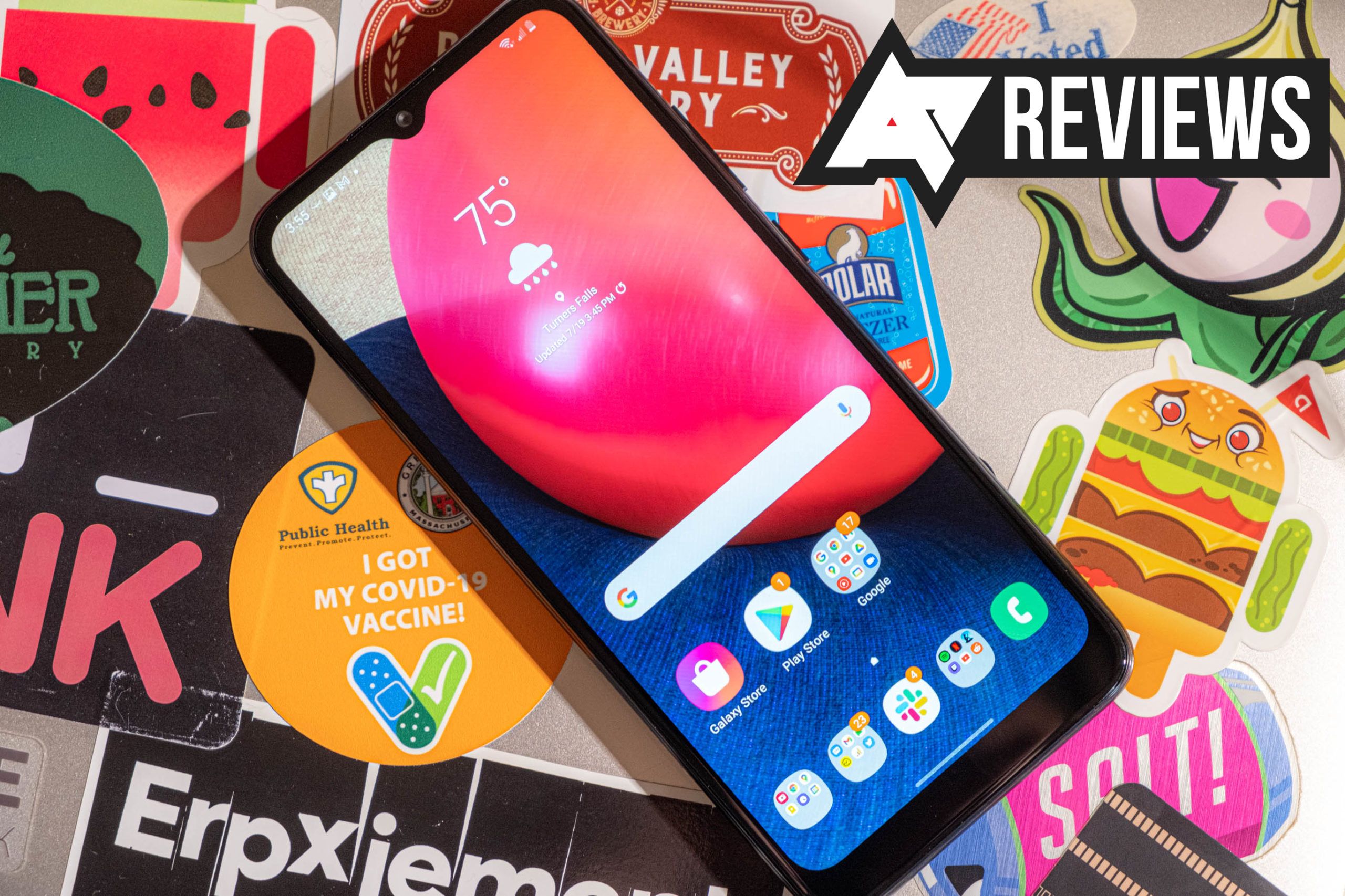
Review: The Samsung Galaxy A02s is a dirt-cheap phone you won't hate
Okay, you might hate it a little, but it's hard to complain for $110
Not everyone needs or can afford a $1,000 flagship phone, but how much money can you save before a cheap phone crosses over from "affordable" to "terrible?" That's a line in the sand that moves every year from manufacturer to manufacturer and person to person. For me, the 2021 A02s rides the very edge. This is almost precisely the minimum viable smartphone, but it's $110 brand new, and Samsung promises an unbelievable four years of updates. For the price, I don't think you can go wrong, but spend more for a better phone if you can.

You probably didn't even know you wanted a gaming phone, but this one is worth a second look
The RedMagic 6 has killer specs and a great screen for just $600
Read update
RedMagic isn't a big name in the US, but it's been busy carving out a niche for budget gaming phones. Gaming phones almost always come with compromises, and a budget option even more so. Still, for $600, the RedMagic 6 is killer on paper with a Snapdragon 888, 12GB of RAM, and a 165Hz display, but prodigious specs aren't always enough when poor support is on the table. Still, some mobile gamers might make that trade-off for super-smooth gameplay when the RedMagic 6 launches later this month.
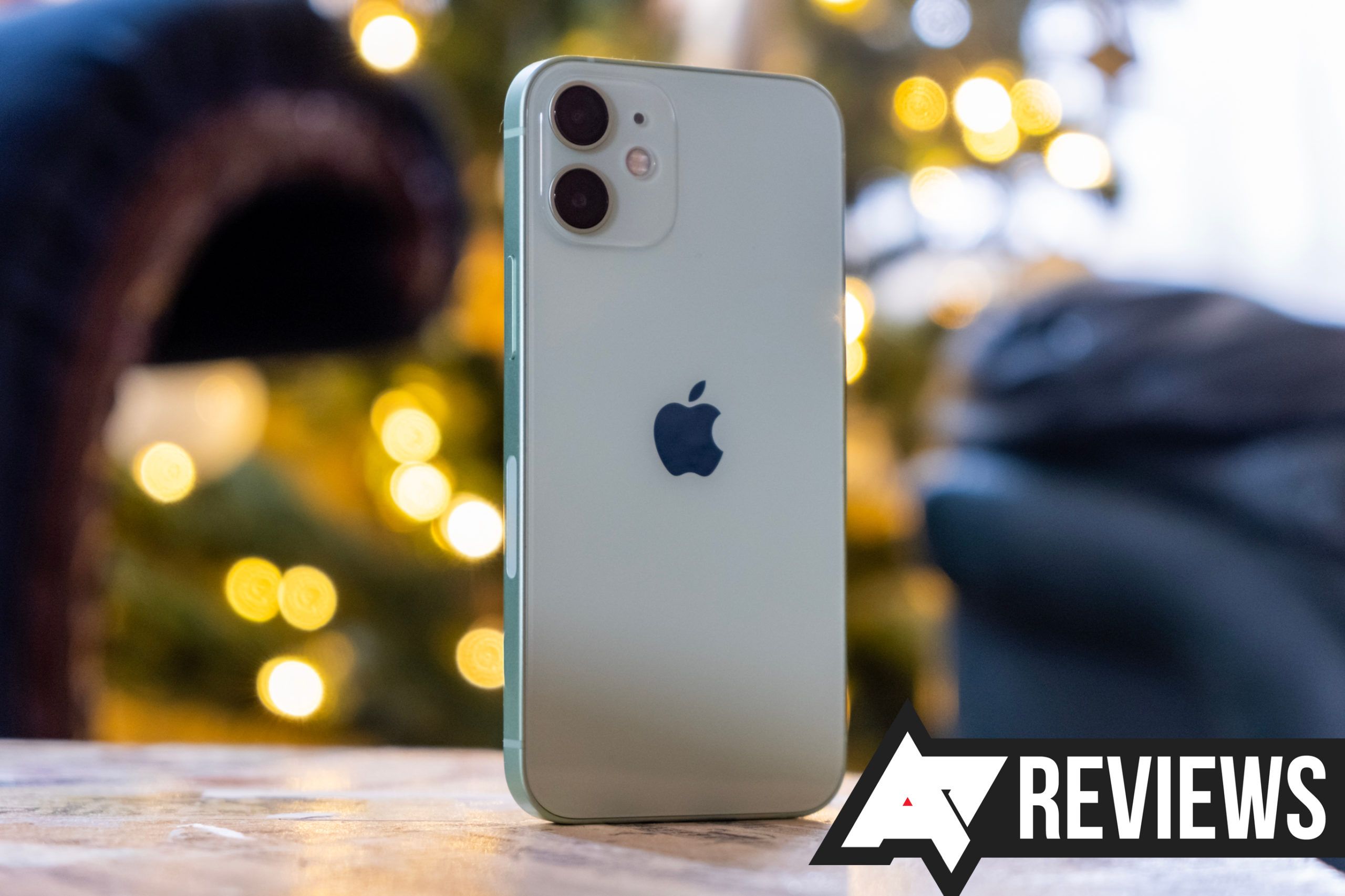
iPhone 12 Mini review: I just want a good small Android phone — is that too much to ask?
Android needs good tiny phones like this
Read update
Apple's iPhone 12 Mini will, I think, mark an end to small and good smartphones. That's not because it's bad, far from it; this is a great phone. But, it hasn't sold very well, and though they might argue otherwise, smartphone manufacturers are hardly altruistic. I wouldn't be surprised if Apple doesn't refresh this model next year. The iPhone 12 Mini may very well be the small phone swan song, and it really makes me wish a company in Android-land would make the mistake of copying it.
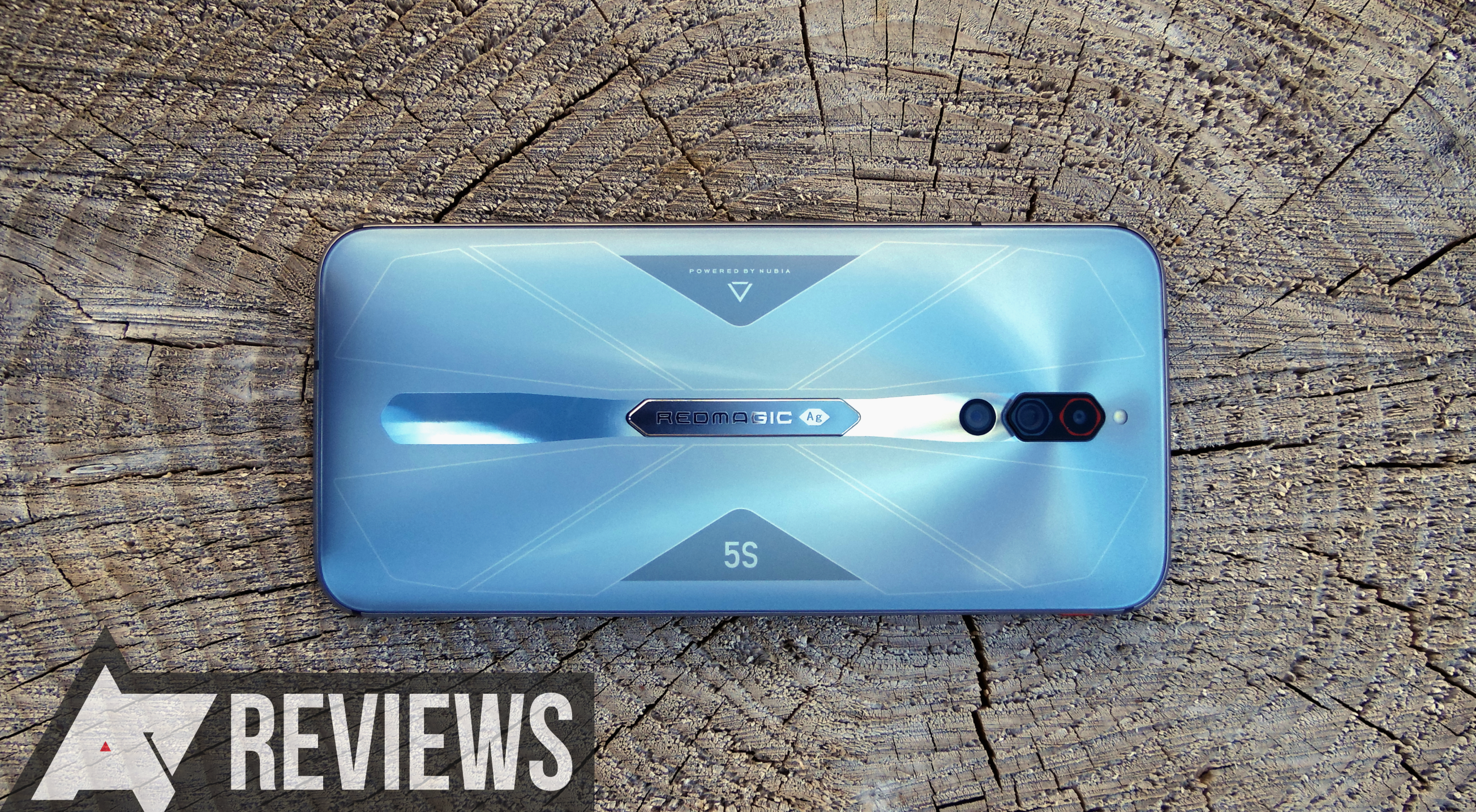
RedMagic 5S review: Great at games, but not much else
Bugs and a lack of polish are too frustrating for long-term use
Read update
Gaming phones are a newer niche for Android devices, and Nubia is one of the companies running headlong into this fledgling field. This past May, we took a look at the Red Magic 5, and we did not come away impressed thanks to numerous bugs and compromises. Now that the Red Magic 5S is here, and we can say for certain that features like internal cooling and a high refresh rate come at a cost: the Red Magic 5S is good for gaming but not much else.
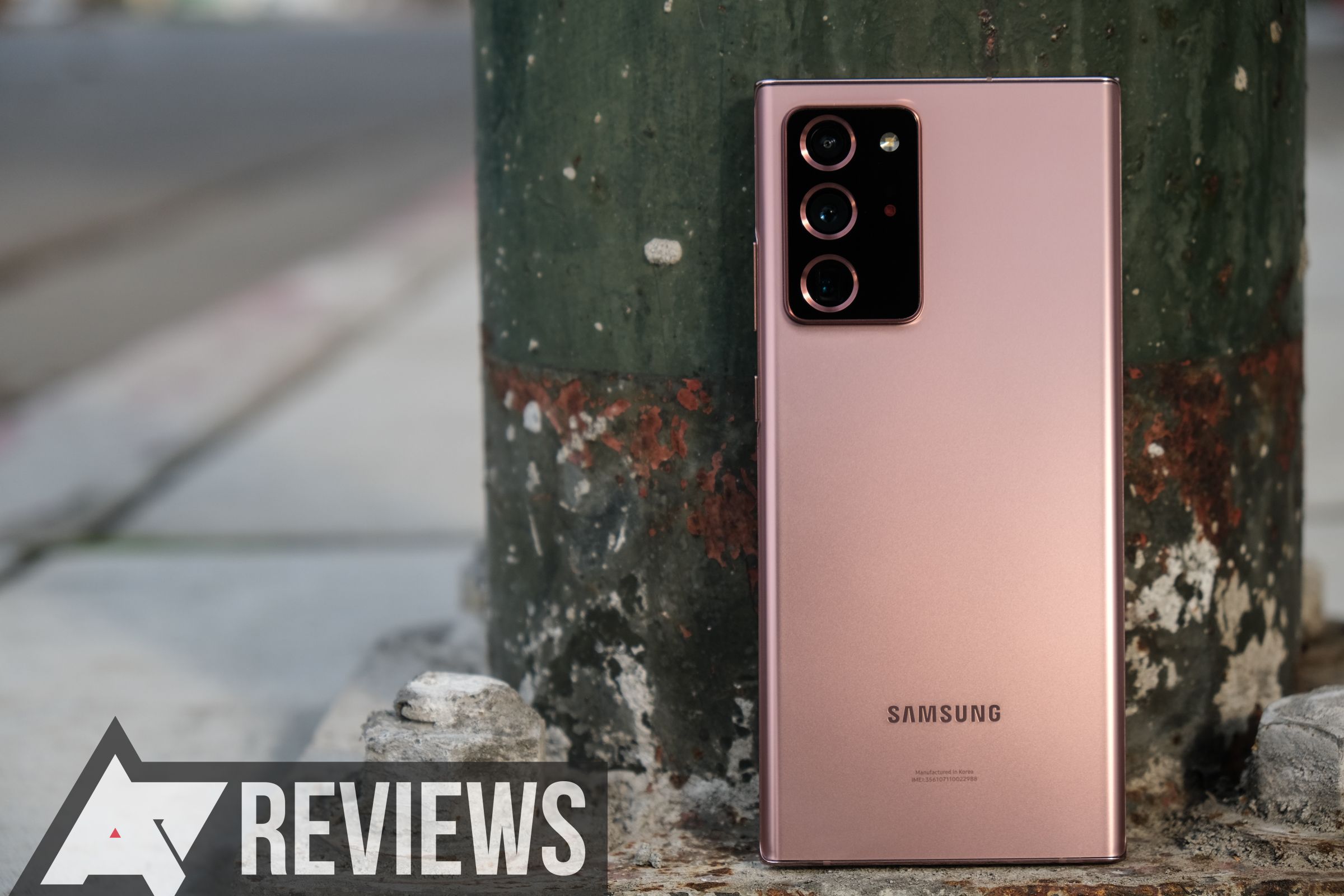
Galaxy Note20 Ultra long-term review: A (physically) massive success
$1300 is a lot of money for any phone, even a great one
Read update
The Galaxy Note is an unusual smartphone for one reason, and one reason only in 2020: its stylus, the beloved S Pen. And while everything else about it feels incredibly familiar, it's impossible to deny that no other phone can scratch the very particular itch Samsung does with the Note. If you were a bit of cynic, you'd probably sum up the Note20 Ultra as "an S20 Ultra with a pen," and I'll level with you: you wouldn't really be wrong. But we weren't fans of the S20 Ultra, and our review made that much clear. Unresolved autofocus issues on the main camera and an astronomical $1400 price tag were hard to stomach as it was, and with comparatively little to differentiate it from phones like the much cheaper OnePlus 8 Pro, Samsung's halo product simply didn't feel up to the task. How, then, can the remarkably similar Note20 Ultra escape that legacy? The obvious answer is that it can't—not fully, at least. But it does improve in meaningful ways, and while it is still bonkers expensive at $1300, there's no doubt you're getting more phone in the Note20 Ultra for less money than you did in the S20 Ultra. When you're talking about phones costing this much, that might not even feel material, but if you are in the market, Samsung and carriers have been offering fairly aggressive discount and trade-in options that could soften the blow. And for Note fans, that may well be enough to pull the trigger.
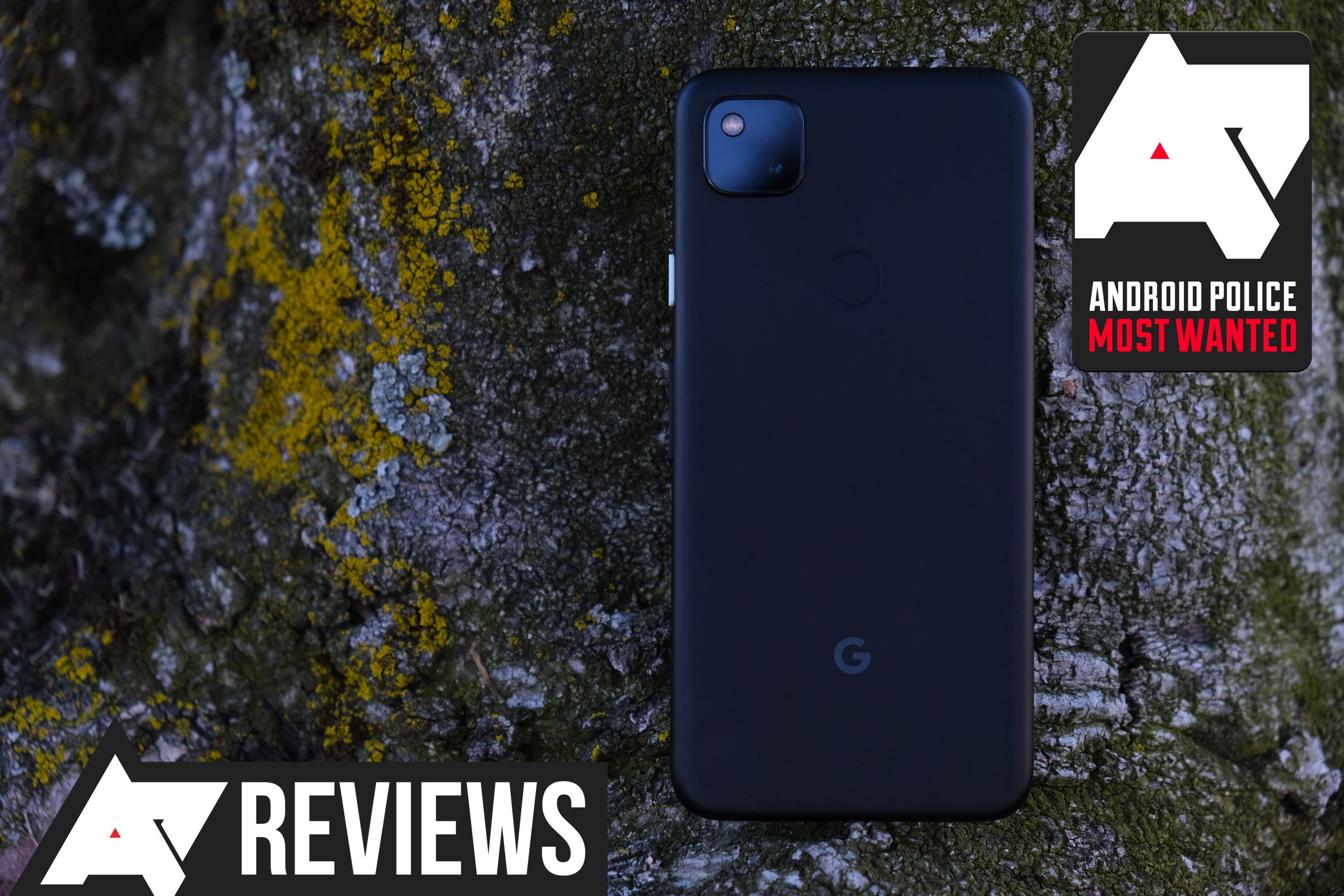
Google Pixel 4a review, two weeks later: All the phone you need, none of what you don't
A Nexus by any other name
Read update
The Pixel 3a debuted at Google I/O 2019, and it was closer to budget smartphone nirvana than any phone in the US that came before it. That was, until Apple responded with the iPhone SE. The Pixel 4a is Google's counterpunch, and while many would argue it's an apples to oranges (or Pixels) comparison, I think the Pixel 4a actually comes out on top of the iPhone SE in a lot of important ways. And I'm actually a little surprised by that. Google's phones have long had reputations—even back to the Nexus days— of strange or confusing design and hardware decisions that make its phones feel compromised or incomplete. The Pixel 4a, though, bucks the trend. It really is a struggle to find meaningful flaws in this phone—and I'm serious about that. For the money, it is genuinely hard to imagine a way Google could make a better smartphone. In that sense, it feels like the Nexus that never was: cheap, uncompromising, and with a camera you'll actually want to use.The Nexus comparison feels apt, too. At $350, the 4a is the cheapest phone Google has sold since the Nexus 5 in 2013. While flaws like a pretty terrible camera and middling battery life dogged the Nexus from day one, it was well and truly beloved by many Google fans. Our own Ryne Hager actually used a Nexus 5 as his personal phone for a post two years ago and found it had aged surprisingly well (for a smartphone). In many ways, the Pixel 4a seems a fitting spiritual successor to that phone: it's understated, it's shockingly capable for the money, and it dispenses with any feature frivolities. You'd rightly point out that its predecessor, the Pixel 3a, was similarly positioned and equipped. But the Pixel 4a takes the 3a's rough edges and polishes them to a near mirror finish. Gone is the dated, heavily bezeled display, storage is doubled to 128GB (UFS 2.1, too—not the 3a's eMMC), RAM is upped to 6GB, and a substantially more capable Snapdragon 730G processor is inside. For all of these improvements, Google is asking for fifty dollars less than the 3a. This isn't just a great phone for $350, it's a great phone—no asterisk required.
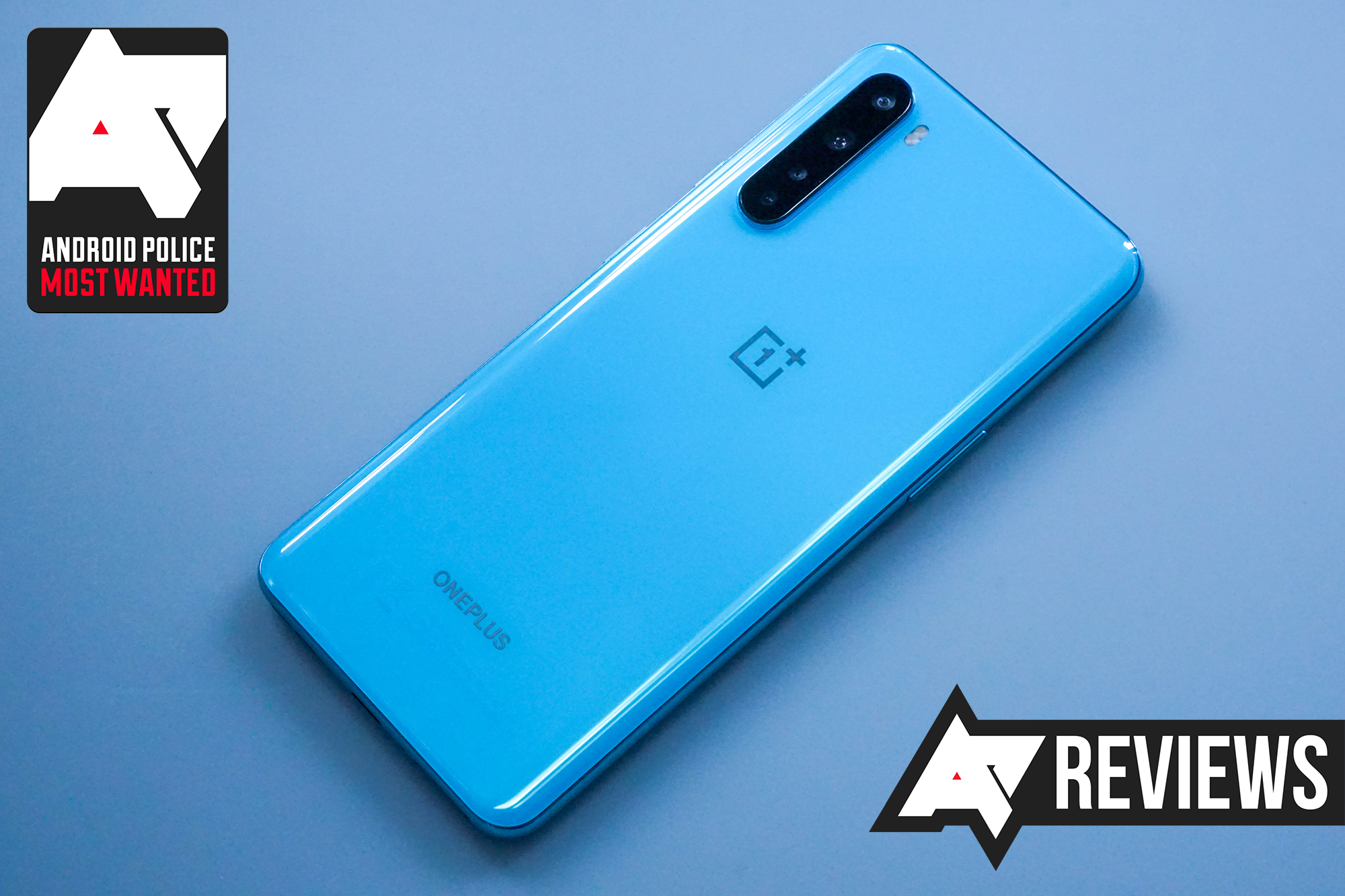
OnePlus got started with affordable so-called “flagship killers” like the OnePlus One and OnePlus 3. But over the years, its phones have become more expensive (as have most phones, to be fair). Its focus on getting more features and advanced hardware has increased too, though, culminating in the recent OnePlus 8 Pro — every bit a true "flagship," and with a price tag to match. Fans of the brand have thus yearned for a return to the alluring value proposition of old, and the company has finally obliged in the form of the OnePlus Nord.
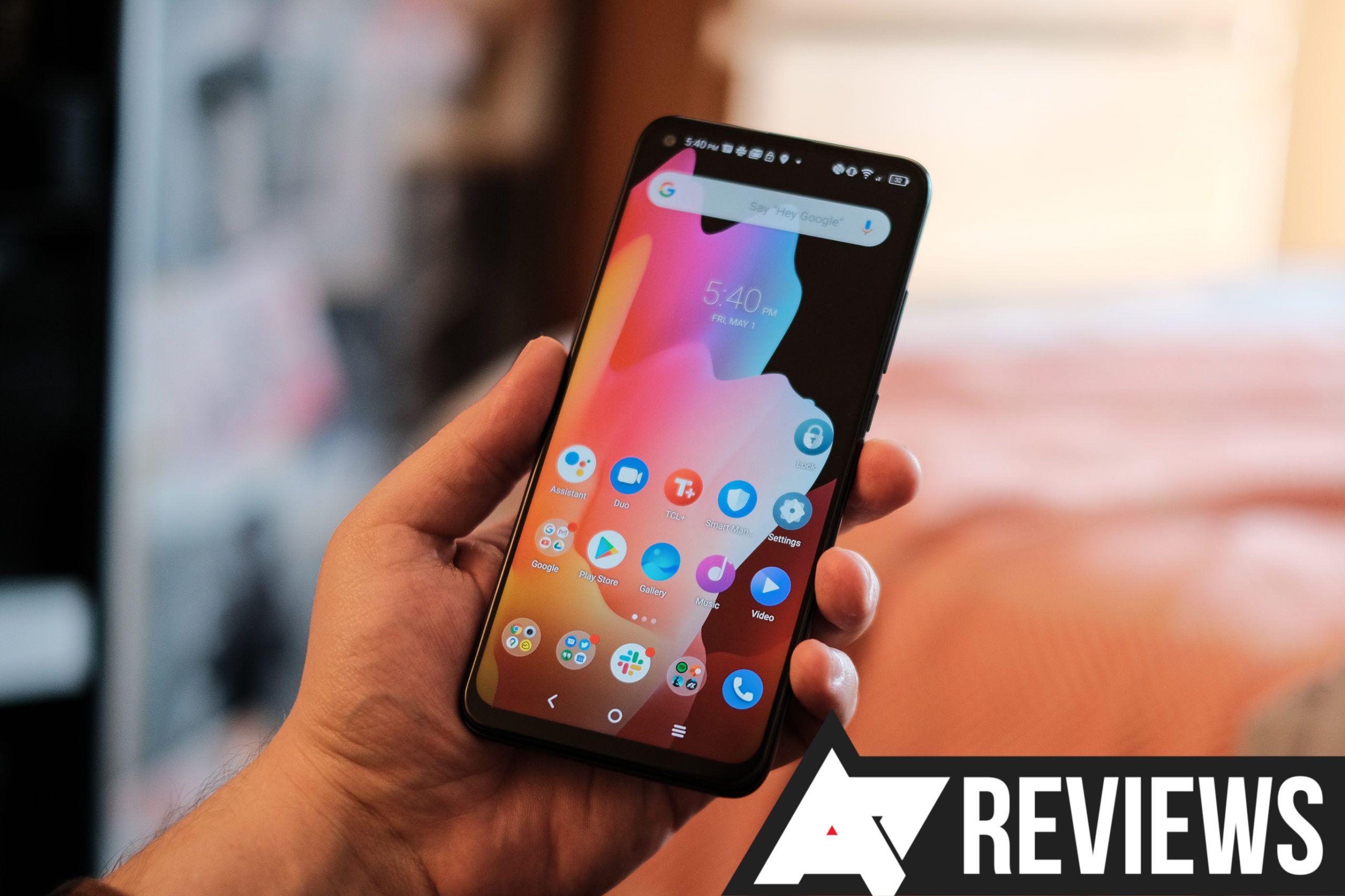
It's not often we get a new name in the Android ecosystem, but following its freshman Plex, TCL is putting its best foot forward with three new phones this year. So far as I'm concerned, it's the budget-oriented TCL 10L that's the star of the lineup. With flagship prices skyrocketing to well over a thousand dollars, this $250 phone better serves a bigger audience. But software is a question — in more ways than one.
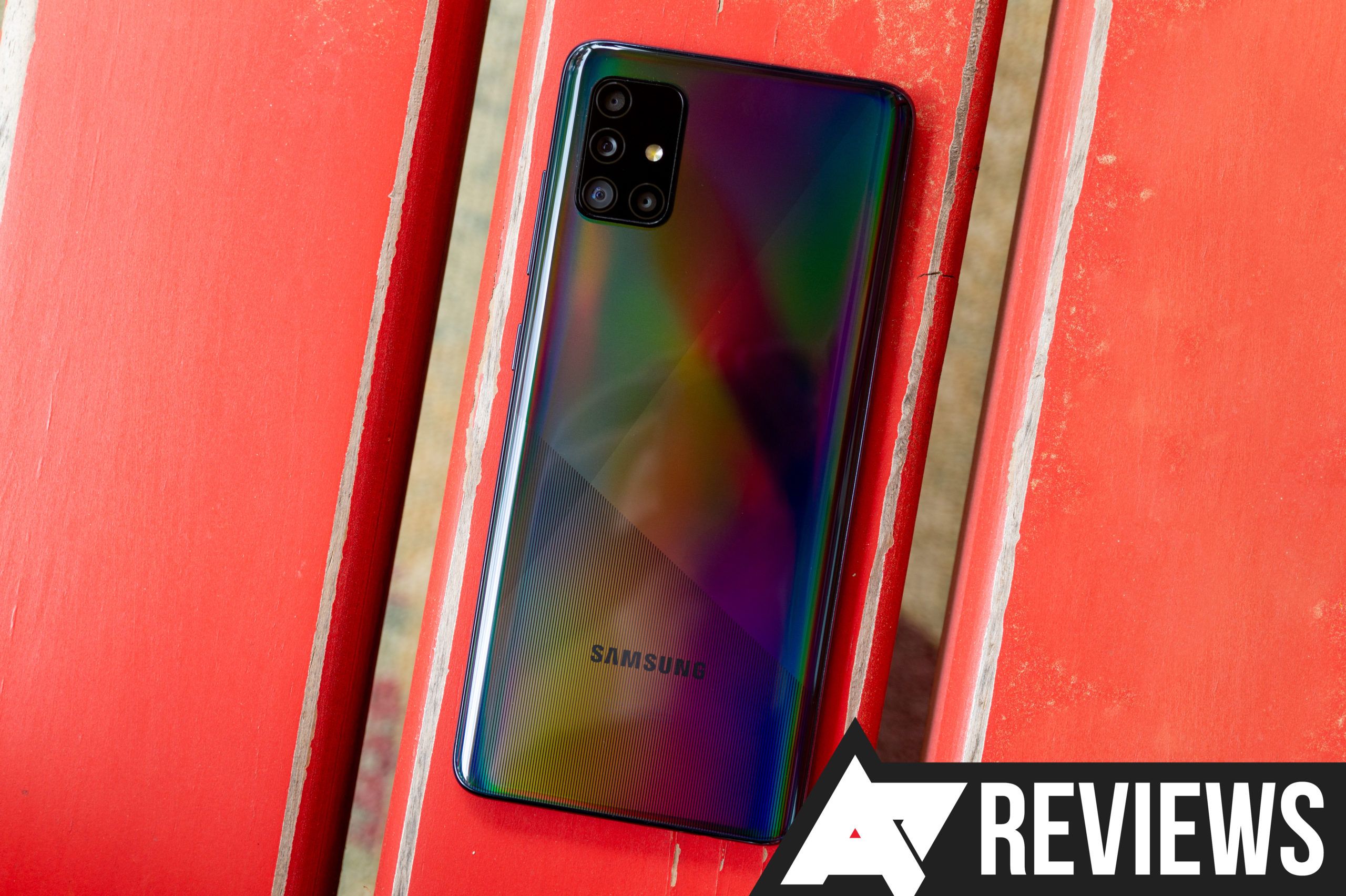
Samsung Galaxy A51 review: A surprise Pixel 4a challenger
Better hardware than you'd expect, but the cameras still fall short
With the Galaxy S20 series starting a thousand dollars, many cash-strapped Samsung fans are probably considering more affordable upgrade options this year. And apparently, Samsung anticipated this (and if it didn't, it sure knows now), as it's making more of its low-end and mid-range lineup available in the US than ever before. Not only did it give last year's S10 series a price cut while continuing to keep it on sale alongside the S20, but it also debuted the Galaxy S10 Lite in America, adding yet more choices to its growing smartphone portfolio.But Samsung has dug even deeper into bag o' phones, with the mid-range and mid-range-plus Galaxy A51 and A71. I received the $400 Galaxy A51 for review, and I think it might be one of the strongest budget devices you can buy right now.
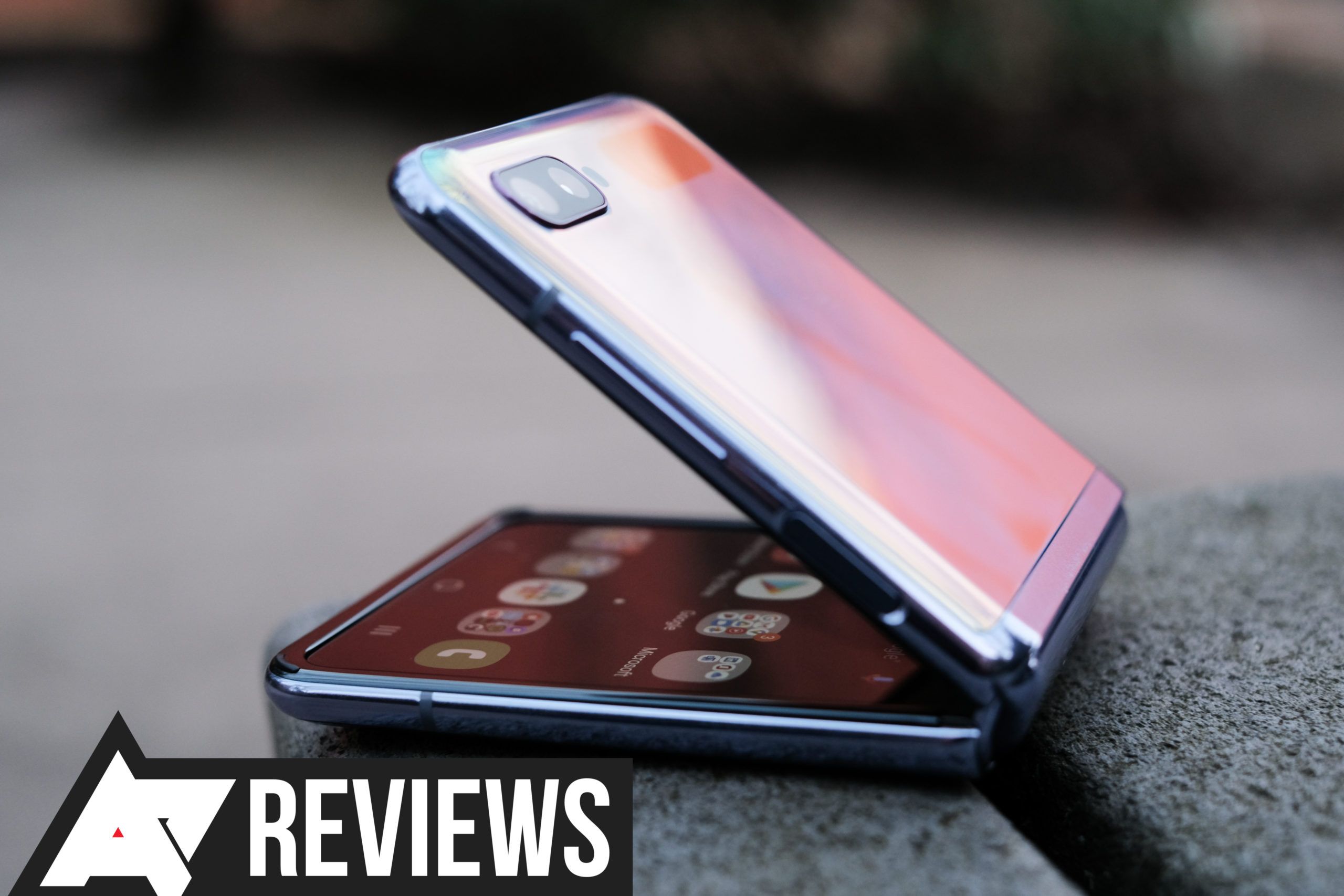
Galaxy Z Flip review, two months later: The right phone at the wrong time
Folding phones are the future, but don't buy this one
Read update
The progress we've made with folding phones in just the last year is stunning. We went from teasing the concept behind a glass box to several shipping products in just about no time, culminating almost precisely one year later in this: the Samsung Galaxy Z Flip. It's a folding vision from the future, loaded with flaws and bent like a scythe in preparation of the Flat Phone Reaping. Even if you don't buy the Z Flip (and you shouldn't), your current phone's days are numbered.
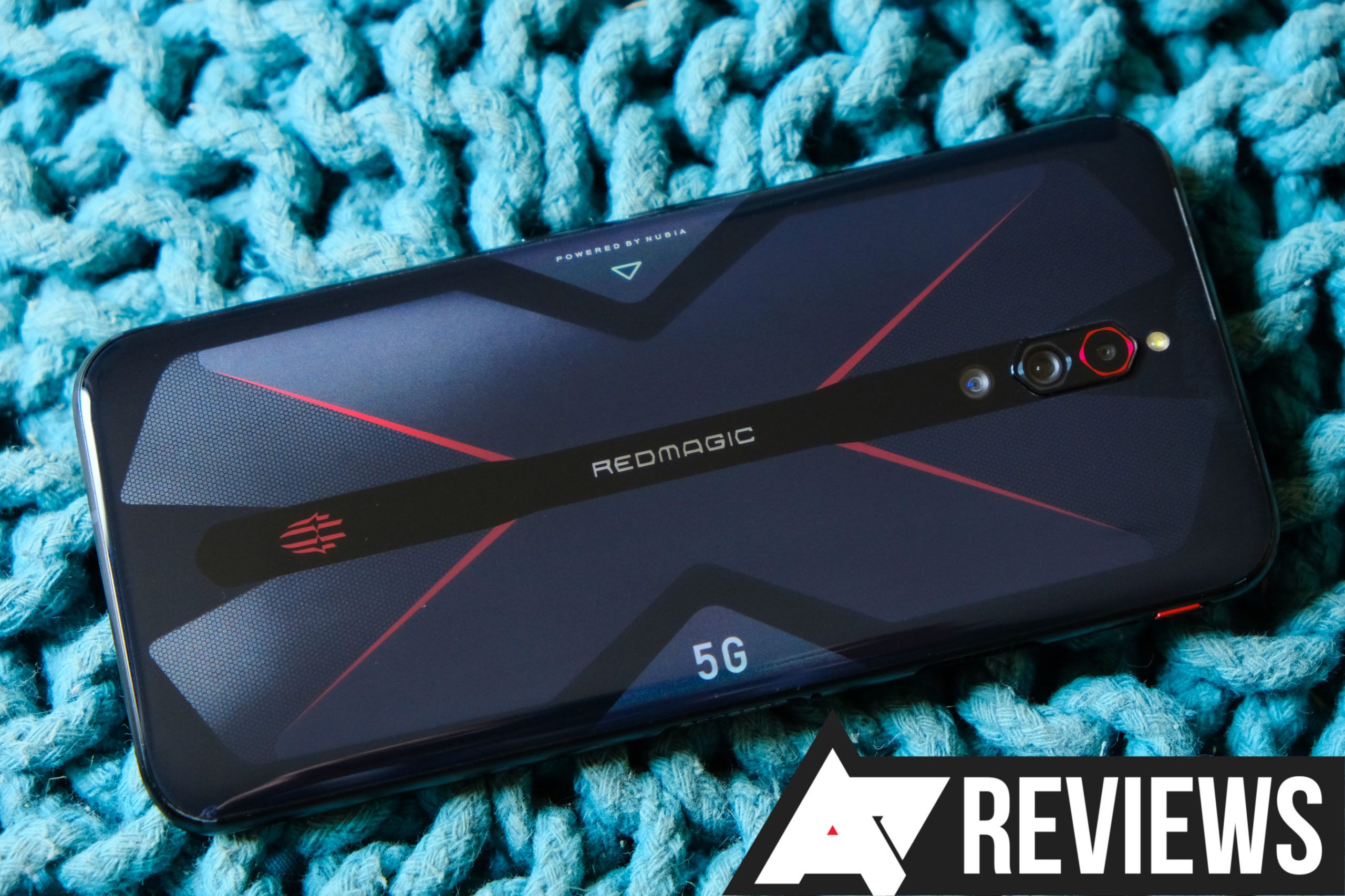
Red Magic 5G review: Proof that specs don't make magic
A gaming phone with a crazy price that comes with a lot of little (and not so little) problems
If you've never heard of a Red Magic smartphone, we're not surprised: the gaming-focused sub-brand of Nubia (itself a sub-brand of ZTE) doesn't have a lot of name recognition in America, or really anywhere. But this isn't the first time we've reviewed a Red Magic phone, and I've got something of a soft spot in my heart for last year's Red Magic 3S. As an everyday smartphone, it really wasn't fantastic, but its largely stock Android software and strong gaming performance at a seriously low price made it an attractive option as a dedicated gaming phone, for people who want such a thing (and I'm not sure how many such people there are). Sadly, the new Red Magic 5G is much harder for me to recommend. While its price remains crazy — delivering a Snapdragon 865 and (limited) 5G connectivity for just $580, a full $320 less than a OnePlus 8 Pro — the Red Magic 5G's frankly terrible software makes it frustrating to use and difficult to give much praise.
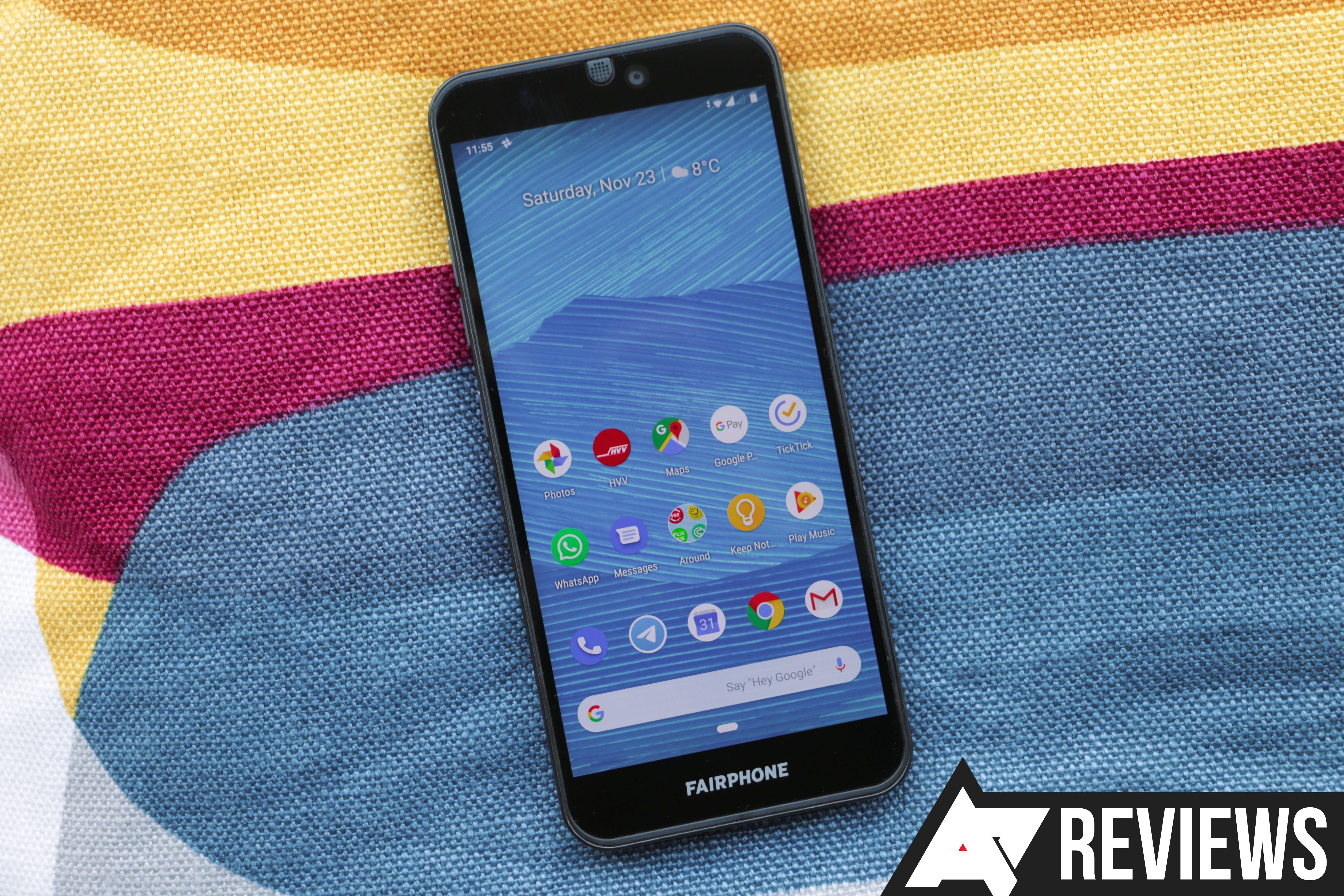
The creators behind the Fairphone tout a special mission that contrasts sharply with the rest of the industry: They want to create repairable, long-lasting devices sourced from the fairest possible resources. Of course, this means compromises you won't see in other modern phones. The advantage of the removable back and the replaceable parts makes the Fairphone 3 bigger, less efficient, and more "old-fashioned" than other phones. Plus, some performance sacrifices had to be made to keep the price reasonable.
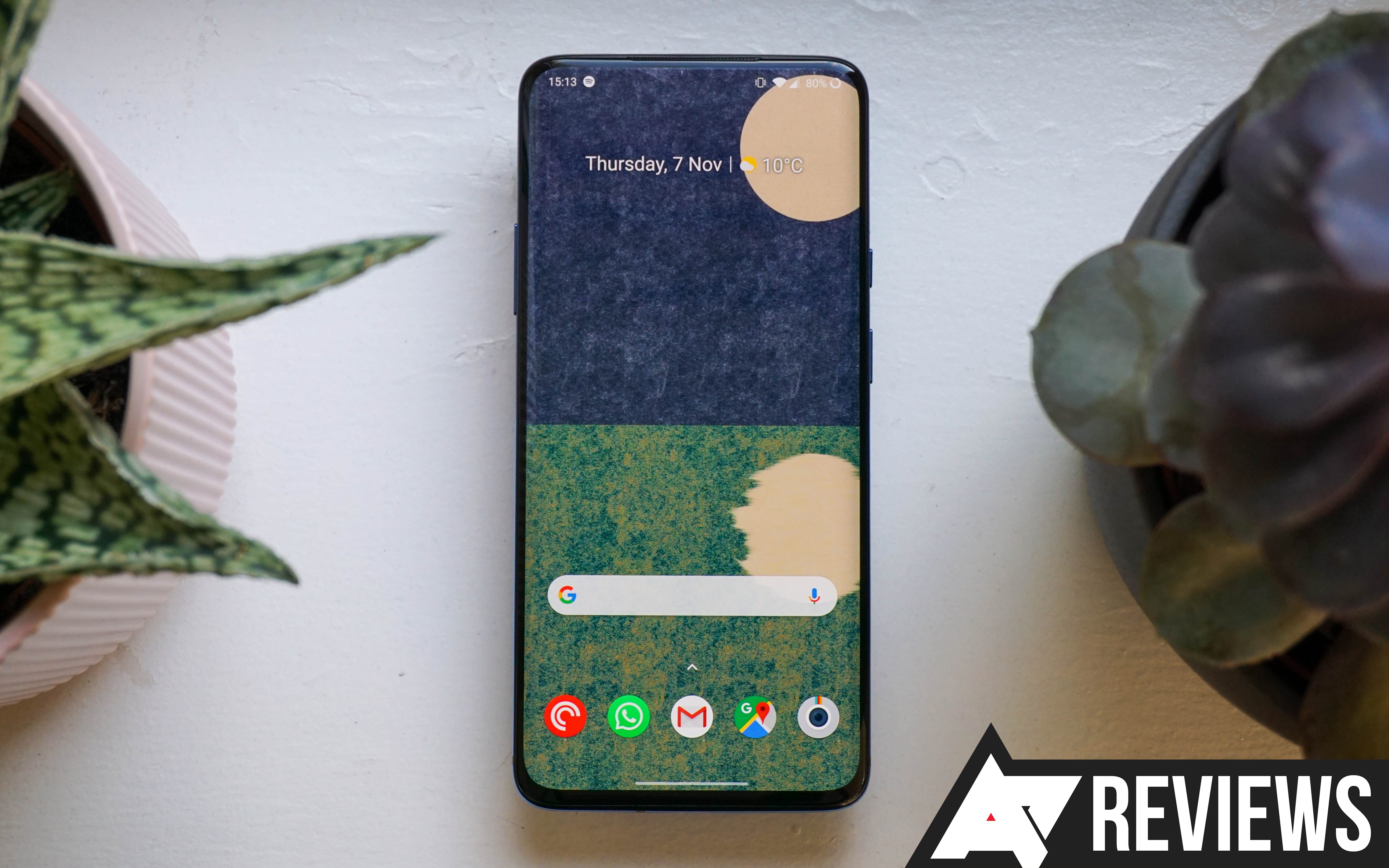
When I shared my first impressions of the OnePlus 7T Pro a few weeks back, the sum of my observations was that nothing much had changed since the last generation. Having spent more time with the phone, that's even more apparent, and so are its various imperfections. While all the things that made the 7 Pro great are still present, OnePlus has done little to improve its flagship offering, and some of the omissions are even more glaring six months down the line.
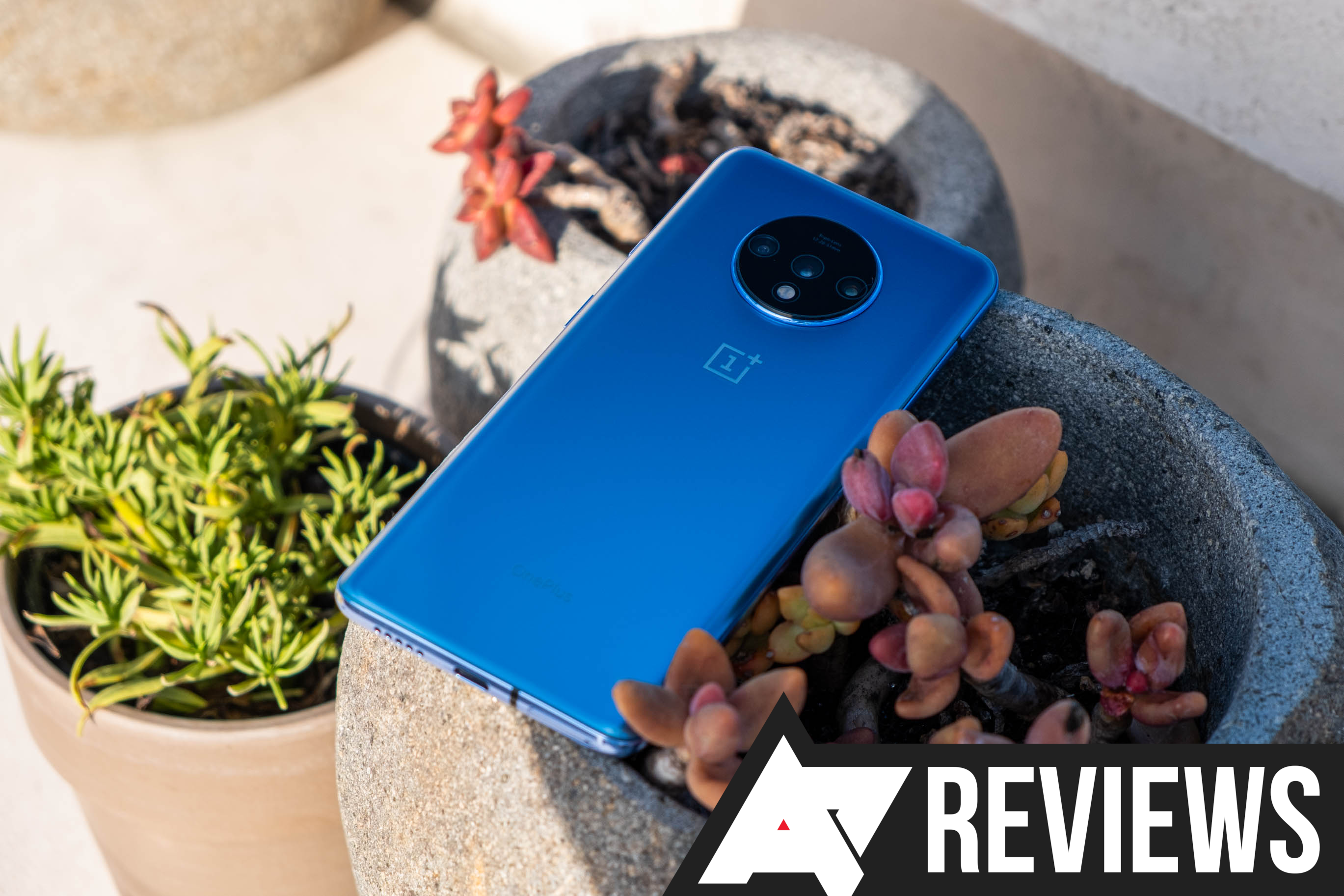
The OnePlus 7T sounds like my perfect phone on paper, packing a nice high-end chipset, a bright 1,000 nit 90Hz screen, and the latest Android 10 software. While flagships are pushing the market into fatigue at over a thousand dollars, this phone champions affordability at "just" $600. In fact, I loved almost everything about the OnePlus 7T, though folks like me who are picky when it comes to screens may be disappointed.
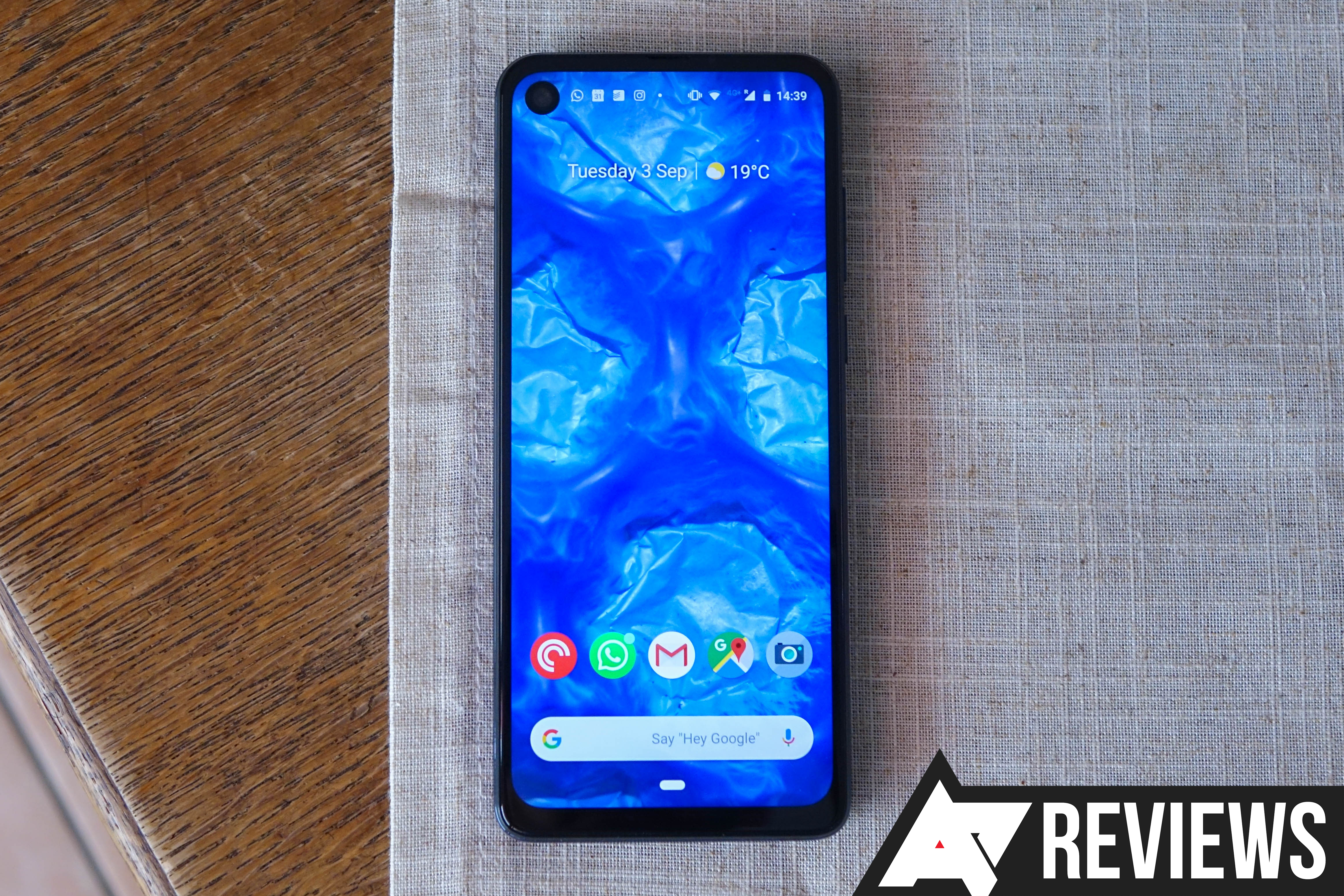
Motorola once held a practically unchallenged position at the top of the budget smartphone food chain, but increasingly capable competition from the likes of Nokia and a host of Chinese brands has changed the landscape in recent years. The now Lenovo-owned company has also lost its value proposition edge, with the Moto G7 not able to justify its $300 price tag and the recently announced Moto E6 arriving with a perplexing $50 price hike. At the same time, the brand’s high-end lineup is also in disarray — the Moto Z4 continues the focus on irrelevant Mods rather than genuinely compelling hardware.





